10 Years Ago: IT Circa June 2000

In June 2000, the dot-com boom slowly started its death spiral, and though e-commerce companies such as Scient and marchFirst were still seemingly flying high, it wouldn't take long before their wings were clipped. More traditional, so-called "brick and mortar" companies like Inacom were feeling the squeeze too. Compaq was still around, but not for much longer. Still, tried-and-true Xerox made it through and 10 years later has evolved to be more of a services player.
Mark your calendar for next month when we look at July 2000. Better yet, make a note in your (now antique) Handspring PDA.
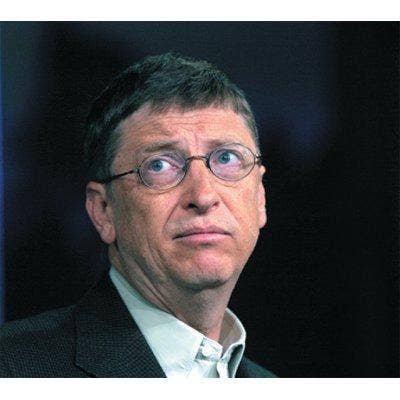
Judge Refers Microsoft Case To Supreme Court
In an unusual twist, U.S. District Judge Thomas Penfield Jackson issued an order on June 20, 2000 that halted all penalties he ordered against Microsoft until after the appeal.
In his order, Jackson wrote, "This Court hereby certifies that immediate consideration by the Supreme Court of the appeal taken herein is of general public importance in the administration of justice." Earlier, Jackson had told The Wall Street Journal that he would certify the case, i.e., send the case before the Supreme Court, "not for the purpose of circumventing the Court of Appeals, but to bring it to an end as quickly as possible to eliminate uncertainty for customers and consumers and the economy."
In his order, Jackson added that it is "further ordered that the Final Judgment of June 7, 2000, is stayed in its entirety until the appeal therefrom is heard and decided, unless the stay is earlier vacated by an appellate court."
In the end, CEO Bill Gates (left) won out, and Microsoft, of course, was never split apart.
More details of the case can be found here.
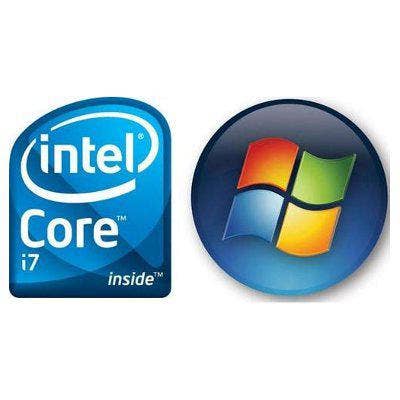
WinTel Alliance Program Jump-Starts E-Businesses
WinTel allies Compaq Computer, Intel, and Microsoft launched a frontal assault on the Internet market on June 21, 2000. Combining their solutions in the framework of a program called speedStart, the triumvirate offered packaged solutions that help small businesses get on the Internet quickly. The true target of the attack, however, turned out to be dot-com platform leader Sun Microsystems.
David Parsons, Compaq vice president, eBusiness Solutions, North America, said the speedStart program would be a "competitive alternative to our friends in Mountain View, Calif. (i.e., Sun) who are trying to lay claim" to the SMB e-business marketplace." Turned out neither Compaq nor, ultimately, Sun managed to pass the test of time.

MarchFirst Opens New Facility
In an enclave of McLean, Va., just outside Washington, MarchFirst opened its HostOne Center, which provided application-management and monitoring services.
MarchFirst was to also offer new service level agreements covering server, network and application performance.
The company, run by CEO Robert Bernard (left), was the result of the much ballyhooed merger of USWeb and Whittman-Hart, and quickly unraveled. Only four months later, the firm was in dire straits, with stock price diving 60 percent on October 24. At its peak, the stock traded at $52; by the time of its demise in May 2001, the stock was trading for pennies.
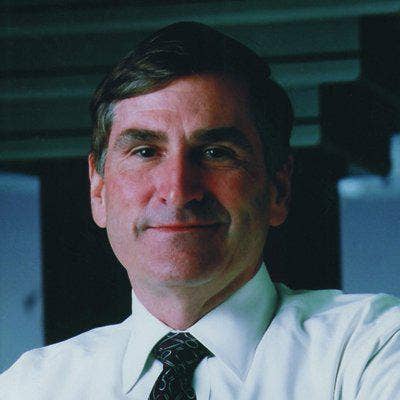
Inacom File For Bankcruptcy Protection
Inacom said it would file for bankruptcy protection and will sell off its main services component, the company said. The company, run by Unisys veteran Gerald Gagliardi (left), said that the action was necessary because the company does not have enough cash to meet obligations.
Industry sources said Inacom was in talks with CompuCom Systems, which was interested in Inacom's service's business, and Westcon, a distributor of networking equipment that was interested in Inacom's telecommunications business.
Compaq wound up purchasing many of Inacom's main assets, including its PC distribution business. The bankruptcy was blamed by some industry insiders on Inacom's purchase of Vanstar.

Client Bankruptcies Wallop Scient Stock Price
Scient, one of the fastest-growing companies in the 2000 VARBusiness 500 (now referred to as the VAR500), entered a Wall Street whirlwind after two of its clients -- Inacom and Verde Media -- filed for bankruptcy. Inacom and Verde Media owed millions to Scient. That prompted an analyst at Banc of America to downgrade the company's stock from a strong buy rating which, in turn, sent Scient's stock price plummeting on Monday, June 26, 2000.
The next day, Scient released statements about its dealings with Inacom and Verde Media. And Deutsche Bank's strong and firm position on the e-business juggernaut stemmed the slide and turned Scient's stock price back up.
The writing was evidently on the wall, however. By August 2001, Scient's revenue was $11 million, roughly one-tenth of what is was in the Fall of 2000. It filed for bankruptcy in July 2002.
At left is Eric Greenberg, Scient founder and chairman.
Handspring Poised For IPO
The $180 million offering of 10 million Handspring shares, led by Credit Suisse First Boston, was expected to price between $17 and $19 per share, down from its original expected range of $19 to $22 per share. On June 20, when the shares started trading, the company raised $200 million when it sold 10 million shares for $20 apiece. Shares in the maker of the Visor PDA reached $28.25 in early trading the following day.
Handspring was founded by the founders of Palm, who defected after they got disillusioned with how 3Com was running things at the Palm division. In 2003, they reunited with their old comrades when Handspring merged with the now-spun-off Palm's hardware division in 2003, forming palmOne.
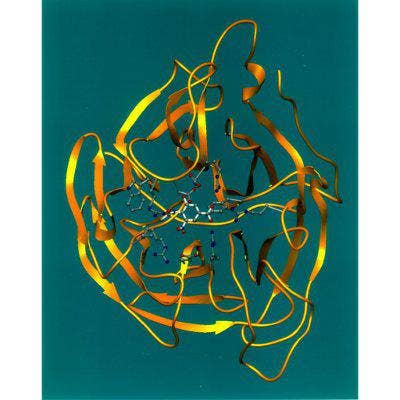
Antivirus Vendors Downplay New Trojan
Antivirus software companies downplayed a new virus -- Trojan -- reported to have infected 2,000 computers with "always-on" connections. Network Security Technologies, Herndon, Va., issued a warning concerning a piece of malicious code disguised as a video that, when downloaded, infiltrated a computer and gave the intruder full control of the computer when it's connected to the Internet.
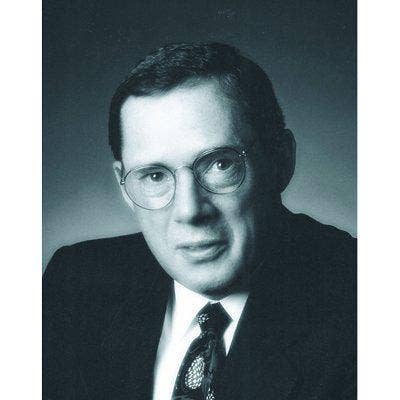
Xerox: You've Come a Long Way, Baby
A shuffling of top executives and a lackluster financial performance called Xerox' future into question in June 2000. Paul Allaire (left), Xerox CEO, had handed the reins to former IBM executive Richard Thoman -- only to come back just more than a year later.
What a difference a decade makes: In Q1 2010, Xerox revenue was up 33 percent from fourth quarter 2009. Because of its acquisition of ACS earlier this year, Xerox expects 46 percent of its revenue to come from technology and another 46 percent to come from services.
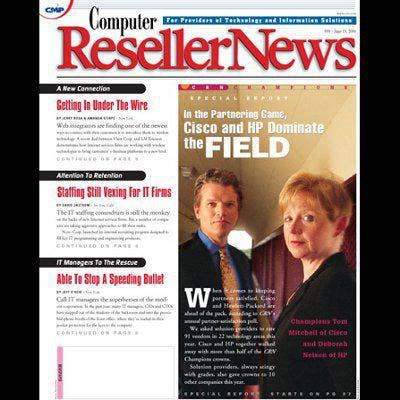
CRN Gets An Extreme Makeover
CRN's last tabloid-size issue of Computer Reseller News appeared June 19, 2000. The following Monday, we embraced a bold, fresh new style and went from Computer Reseller News to "CRN" -- the name the industry bestowed upon us 899 issues and more than 18 years (and 899 issues) earlier. The cover of the June 19 issue, (left), featured Cisco and HP, which goes to show that some things never change.